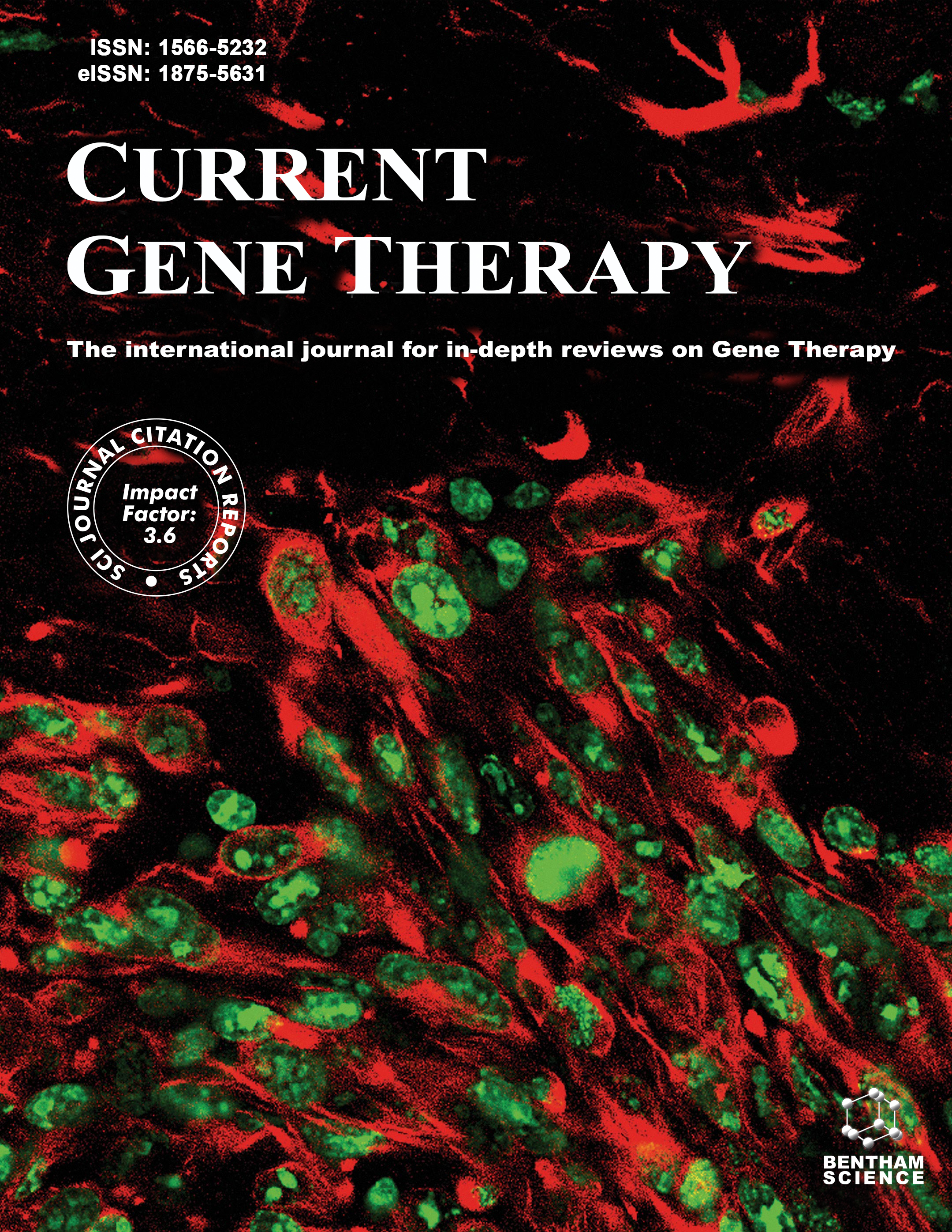
Full text loading...
Fibrosis refers to abnormal deposition of extracellular matrix, which leads to organ dysfunction. Metabolic alterations, especially enhanced glycolysis and suppressed fatty acid oxidation, are recognized as an essential pathogenic process of fibrosis. Recently, several reports indicate that the changes in microbiota composition are associated with metabolic disorders, suggesting microbes may contribute to organ fibrosis by regulating metabolic processes.
In this study, microbial reannotation was carried out on the RNA-seq data of fibrotic organs. Then, the microbial composition differences among healthy and fibrotic organ samples were determined by alpha and beta diversity analysis. Common and specific microbial markers of fibrosis were also identified by LEfSe. After that, the correlation analysis of the characteristic microbe- gene-functional pathway was conducted to confirm the effects of microbes on host metabolism.
The results showed that the microbial composition significantly differed between healthy and diseased organs. Besides, the common characteristic microbes interacted closely with each other and contributed to fibrosis through symbiosis or inhibition. The largest proportion in fibrosis organs was Proteobacteria, which was the main source of pathogenic microbes.
Further study found that the metabolic alteration driven by common and special characteristic microbes in fibrotic organs focused on the processes related to glycolysis and fatty acid metabolism.

Article metrics loading...

Full text loading...
References


Data & Media loading...
Supplements

